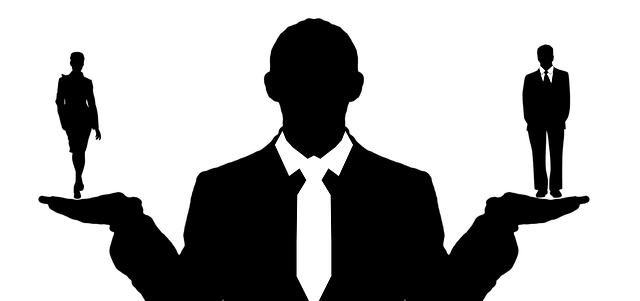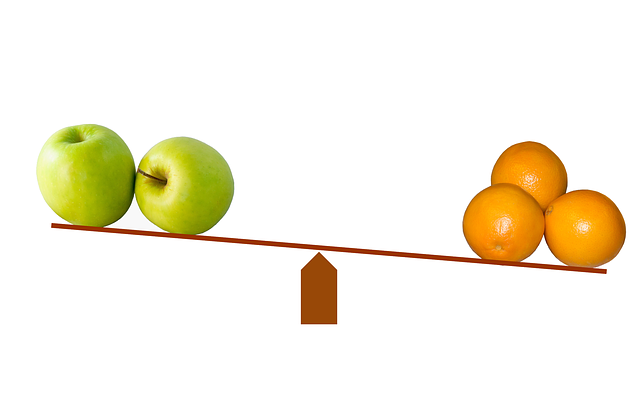PO financing and factoring are alternative funding strategies for businesses with distinct needs. PO financing provides immediate capital by securing funds against future purchase orders, ideal for established companies with consistent sales patterns and control over accounts receivable. Conversely, invoice factoring offers quick cash by selling outstanding invoices to a third party but shifts collection risk onto the business; suitable for startups or firms facing temporary cash flow gaps. The optimal choice between PO financing versus factoring depends on financial health, risk tolerance, sales cycle, and strategic preferences.
“In today’s fast-paced business landscape, efficient cash flow management is crucial for growth. This article offers valuable insights into two powerful financial tools: Purchase Order (PO) financing and Invoice Factoring. We’ll demystify these concepts, highlighting their unique advantages and drawbacks in a PO financing versus factoring comparison. Whether you’re considering one or both, this guide provides strategic tips to help businesses make informed decisions for optimal cash flow.”
- Understanding PO Financing and Invoice Factoring: A Deep Dive
- PO Financing vs. Factoring: Key Differences and Benefits
- Strategies for Businesses: Choosing Between PO Financing and Factoring
Understanding PO Financing and Invoice Factoring: A Deep Dive

PO financing and invoice factoring are two distinct financial strategies that businesses can leverage for cash flow management, each with its own set of advantages and drawbacks. Understanding these concepts is crucial, especially in today’s fast-paced business environment where maintaining a healthy cash reserve is essential.
PO financing involves a buyer (typically a larger company) providing funding to a seller through a purchase order. The seller then uses this funding to fulfill the order, with the buyer agreeing to pay the invoice at a later date. This method offers sellers immediate capital, enabling them to meet their financial obligations and operational needs. On the other hand, factoring involves selling invoices (unpaid customer accounts) to a third-party factor, who then collects the outstanding amounts from the customers directly. This provides businesses with quick access to cash flow but transfers the credit risk associated with delinquent payments to the factor. The choice between PO financing and factoring depends on a company’s specific needs, financial health, and risk appetite.
PO Financing vs. Factoring: Key Differences and Benefits

When it comes to accessing working capital, businesses often grapple with the choice between PO financing and invoice factoring. Both methods offer solutions to cash flow challenges, but they operate under distinct principles and cater to different business needs.
PO financing involves a lender advancing funds against an outstanding purchase order, enabling businesses to secure payment for goods or services before delivery. This is particularly beneficial for companies with a strong order pipeline but limited immediate cash. On the other hand, invoice factoring allows businesses to sell their invoices (or accounts receivable) to a factor, receiving instant funding in return. Factoring is ideal for those seeking rapid access to cash and don’t mind giving up a portion of future revenue. The key differences lie in timing, flexibility, and cost; PO financing maintains the traditional credit arrangement, while factoring offers an alternative approach with immediate but potentially more expensive relief.
Strategies for Businesses: Choosing Between PO Financing and Factoring

When considering financial strategies, businesses often grapple with the decision between PO (Purchase Order) financing and invoice factoring. Both methods offer unique advantages in managing cash flow, but they cater to different operational needs. PO financing is ideal for companies seeking to maintain control over their accounts receivable while ensuring upfront payment for goods or services. It’s particularly beneficial for established businesses with consistent sales patterns and reliable customers.
On the other hand, invoice factoring suits enterprises that desire faster access to cash tied up in outstanding invoices. This option involves selling pending invoices to a third-party factor, providing immediate funding. Factoring is attractive to startups or companies experiencing cash flow gaps, allowing them to maintain operations without lengthy waiting periods for payments. The choice between PO financing and factoring ultimately depends on the business’s financial health, sales cycle, and strategic preferences.






